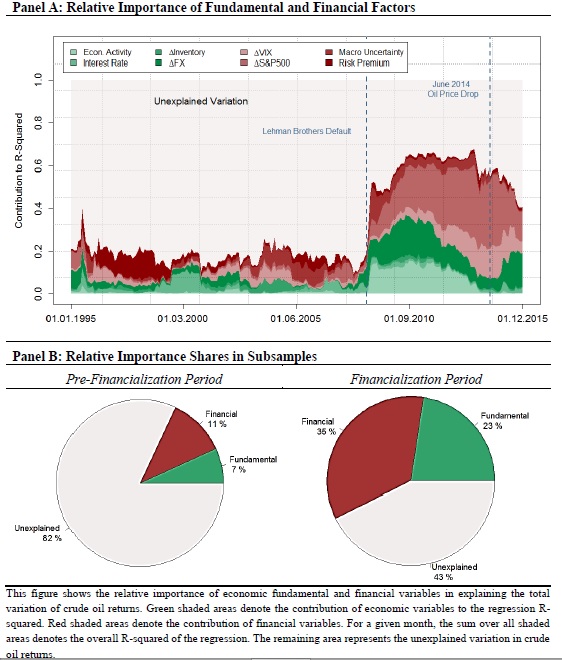Better Small Cap Premium
A new financial research paper related to:
#25 – Small Capitalization Stocks Premium
Authors: Stefano, Serie, Simon, Lemperiere, Bouchaud
Title: The 'Size Premium' in Equity Markets: Where Is the Risk?
Link: https://papers.ssrn.com/sol3/papers.cfm?abstract_id=3018454
Abstract:
We find that when measured in terms of dollar-turnover, and once beta-neutralised and Low-Vol neutralised, the Size Effect is alive and well. With a long term t-stat of 5.1, the “Cold-Minus-Hot” (CMH) anomaly is certainly not less significant than other well-known factors such as Value or Quality. As compared to market-cap based SMB, CMH portfolios are much less anti-correlated to the Low-Vol anomaly. In contrast with standard risk premia, size-based portfolios are found to be virtually unskewed. In fact, the extreme risk of these portfolios is dominated by the large cap leg; small caps actually have a positive (rather than negative) skewness. The only argument that favours a risk premium interpretation at the individual stock level is that the extreme drawdowns are more frequent for small cap/turnover stocks, even after accounting for volatility. This idiosyncratic risk is however clearly diversifiable.
Notable quotations from the academic research paper:
"One of the best known – and perhaps most controversial – effects in the market folklore is the so-called “size premium”, which states that small-cap stocks are on average undervalued and outperform large-caps. But while still highly popular among equity managers, strong doubts about the very existence of a size premium have been expressed in a number of scientific publications.
Here we want to advocate another, complementary picture. We argue that market capitalisation is not an optimal indicator of an otherwise genuine “size” effect. Indeed, the dependence of a stock “beta” on market capitalisation is non-monotonic, which induces spurious biases in a (market neutral) portfolio construction. The resulting SMB portfolios have a strong short Low-Vol exposure.
We propose instead the average daily volume (ADV) of transaction (in dollars) as an alternative indicator of size, and show that the above mentioned biases are substantially reduced. The choice of ADV is further motivated by two independent arguments, often put forth in the literature. One is that the size effect might in fact be a liquidity risk premium, i.e., “Cold” stocks, that are more difficult to liquidate, are traded at a discount. The other is that heavily traded, “Hot” stocks are scrutinized by a larger number of market participants, therefore reducing pricing errors.
Although these arguments sound reasonable, we will show below that they fail to capture the mechanism underlying the profitability of Cold-Minus-Hot (CMH) portfolios. Perhaps surprisingly, standard skewness measures do not conform to the idea of that the size effect is a risk premium. In fact, the single name skewness of small cap/small ADV stocks is positive, and declines to zero as the market cap/ADV increases. At the portfolio level, small cap/ADV stocks do not contribute to skewness either. In fact, the SMB portfolio is only weakly negatively skewed, whereas the CMH portfolio is not skewed at all; furthermore, large gains/losses at the portfolio level mostly come from the short leg (corresponding to large cap/ADV stocks). All these results suggest that “prudence” (i.e. aversion for negative skewness and appetite for positive skewness) should favour small cap/ADV stocks, in contradiction with the idea that SMB or CMH are risk premia strategies.
Interestingly, however, higher moments of the return distribution, such as the kurtosis or the downside tail probability, show a clear decreasing pattern as a function of market cap or ADV. In other words, extreme in both directions are more common for small stocks, even after factoring out volatility. Even if, quite unexpectedly, large upside events are more likely than large downside events for small stocks, “safety first” considerations might be enough to deter market participants from investing in these stocks. This scenario would allow one to think of the size anomaly as a risk premium – albeit a rather non conventional one."
Are you looking for more strategies to read about? Check http://quantpedia.com/Screener
Do you want to see performance of trading systems we described? Check http://quantpedia.com/Chart/Performance
Do you want to know more about us? Check http://quantpedia.com/Home/About





